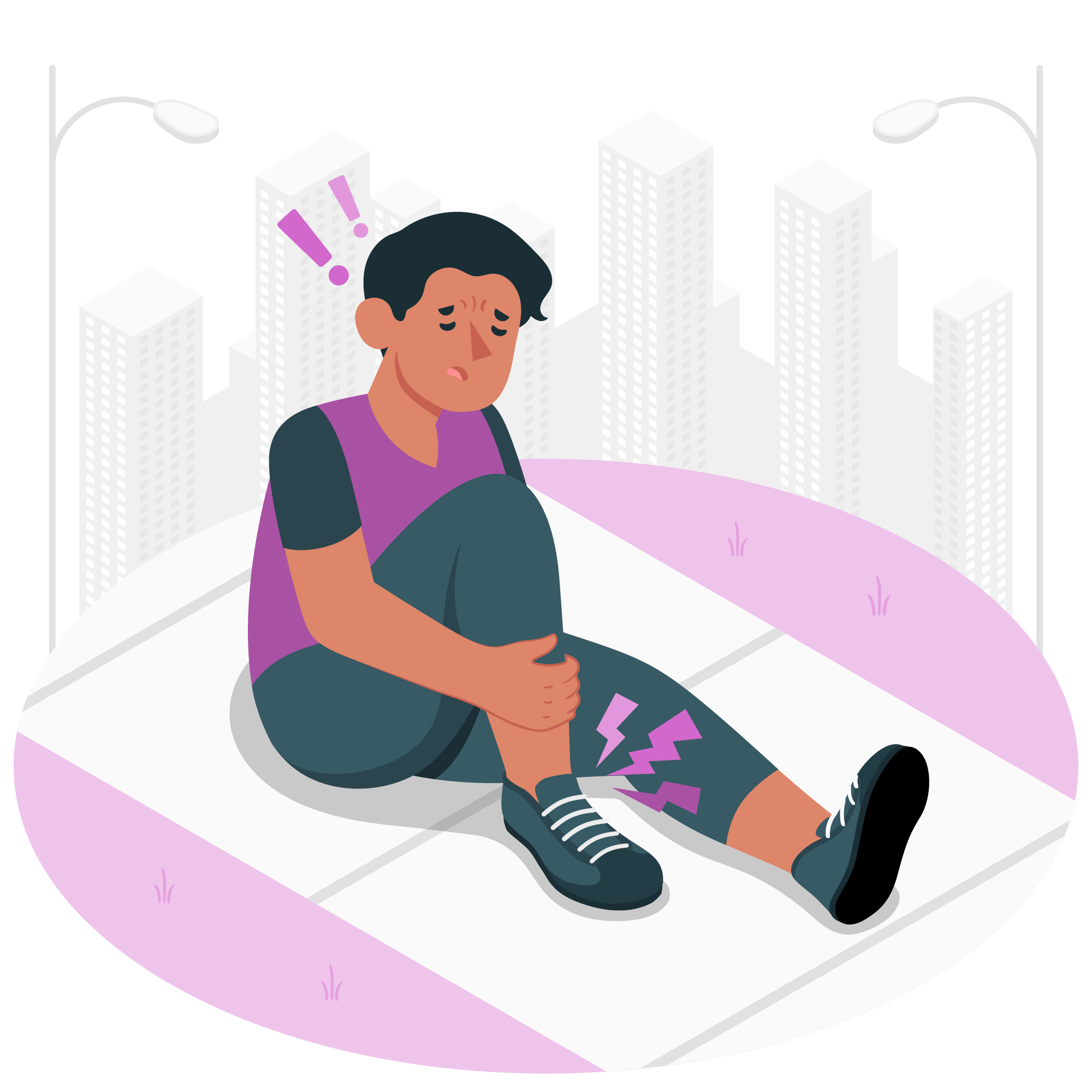Non-Suicidal Self-injury
Overview
Non-Suicidal Self-Injury (NSSI) refers to the deliberate, self-inflicted damage to one’s body tissue without suicidal intent and for purposes not socially or culturally sanctioned. Common methods include cutting, burning, or scratching the skin. In India, NSSI is an emerging mental health concern, particularly among adolescents and young adults. Despite its prevalence, awareness and understanding of NSSI within the Indian context remain limited, often leading to underreporting and inadequate intervention.
Key Facts
- Prevalence: Studies indicate varying prevalence rates of NSSI among Indian youth. One study reported a lifetime prevalence of approximately 21.4%, with higher rates observed in females than males. Another study found that 25.12% of participants engaged in NSSI behaviours, with a higher incidence among females (59.18%) compared to males (40.82%).
- Age of Onset: The mean age at which individuals begin self-harming behaviours is around 16.6 years, highlighting adolescence as a critical period for intervention.
- Gender Differences: Research consistently shows a higher prevalence of NSSI among females compared to males in the Indian population.
Symptoms and Patterns
Individuals engaging in NSSI may exhibit the following behaviours:
- Physical Indicators: Unexplained cuts, burns, or bruises, often on the wrists, arms, thighs, or abdomen.
- Behavioural Signs: Wearing long sleeves or pants even in warm weather to conceal injuries; frequent use of accessories like wristbands to cover marks.
- Emotional Distress: Expressions of hopelessness, worthlessness, or intense emotional pain preceding self-injurious acts.
These behaviours often serve as coping mechanisms to manage overwhelming emotions, providing temporary relief from psychological distress.
Risk and Protective Factors
Risk Factors:
- Psychiatric Comorbidities: Conditions such as depression, anxiety, and borderline personality disorder are commonly associated with NSSI.
- Trauma History: Experiences of physical, emotional, or sexual abuse increase the likelihood of engaging in self-injurious behaviours.
- Family Dynamics: Dysfunctional family environments, characterized by poor communication and lack of support, contribute to the risk.
- Peer Influence: Association with peers who engage in NSSI can normalize the behaviour and encourage imitation.
Protective Factors:
- Supportive Relationships: Strong connections with family, friends, or mentors provide emotional support and reduce the urge to self-harm.
- Effective Coping Strategies: Developing healthy methods to manage stress and emotions, such as engaging in physical activity, practicing mindfulness, or pursuing creative outlets.
- Access to Mental Health Services: Availability of counselling and therapeutic resources facilitates early intervention and support.
Treatment and Care
Addressing NSSI requires a multifaceted approach:
- Psychotherapy: Cognitive Behavioural Therapy (CBT) and Dialectical Behaviour Therapy (DBT) are effective in helping individuals identify triggers, develop healthier coping mechanisms, and reduce self-injurious behaviours.
- Medication: While no medications specifically target NSSI, treating underlying psychiatric conditions with antidepressants or anxiolytics can alleviate contributing factors.
- Hospitalization: In severe cases, especially when there’s a risk of significant harm, short-term inpatient care may be necessary to ensure safety and provide intensive treatment.
Psychological and Psychosocial Interventions
- Family Therapy: Involving family members in therapy sessions can improve communication, address dysfunctional dynamics, and build a supportive environment for the individual.
- School-Based Programs: Implementing educational programs in schools to raise awareness about NSSI, teach emotional regulation skills, and provide resources for students in distress.
- Peer Support Groups: Facilitating groups where individuals can share experiences and coping strategies fosters a sense of community and reduces feelings of isolation.
Conclusion
Non-Suicidal Self-Injury is a pressing mental health issue within the Indian population, particularly among adolescents and young adults. The higher prevalence among females underscores the need for gender-sensitive approaches in prevention and intervention. Early identification, comprehensive treatment plans, and robust support systems are essential to address the underlying causes and reduce the incidence of NSSI. Enhancing awareness and understanding of NSSI within the Indian context is crucial for developing effective strategies to support affected individuals.


